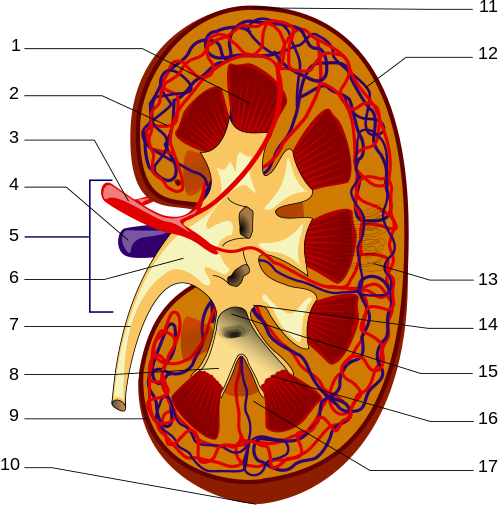
Photo from academic.microsoft.com
Crystals are particles of endogenous inorganic or organic composition that can trigger kidney injury when deposited or formed inside the kidney. The most common forms of crystalline nephropathies (CNs) are… Click to show full abstract
Crystals are particles of endogenous inorganic or organic composition that can trigger kidney injury when deposited or formed inside the kidney. The most common forms of crystalline nephropathies (CNs) are nephrocalcinosis and oxalate nephropathy. The causes of early allograft dysfunction are changing constantly, and recently calcium oxalate (CaOx) crystal deposition has been added to this list. CaOx deposition in renal allograft is important and probably under-recognized cause of delayed graft function that requires adequate awareness with early intervention to improve the allograft outcome. Here, we describe four cases of irreversible renal graft injury due to CNs.
Journal Title: Indian Journal of Nephrology
Year Published: 2018
Link to full text (if available)
Share on Social Media: Sign Up to like & get
recommendations!